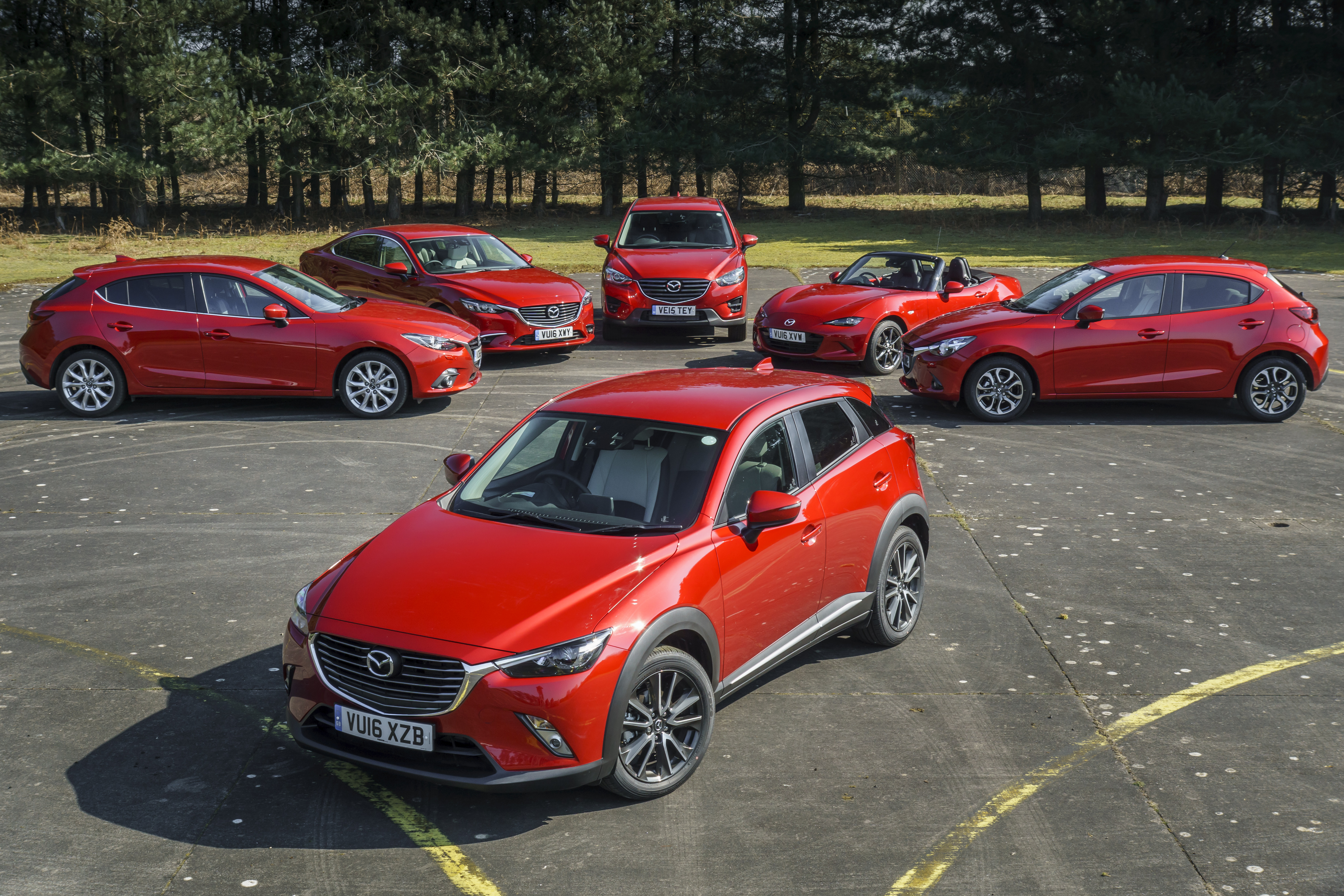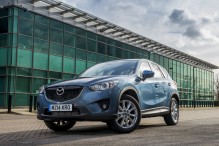Mazda chalked up its fourth-straight year of double-digit growth in Europe, where it sold almost 240,000 vehicles in 2016, a 12% increase over the 2015 calendar year*. That was around twice the overall market growth rate of some 6%, earning the Japanese carmaker a 1.5% market share.
The company’s SUVs remained customer favourites: The Mazda CX-5 was again the most popular model in the region followed by the smaller Mazda CX-3; together the two made up almost half of European turnover. Sales of the CX-3 and Mazda MX-5 more than doubled last year relative to 2015.
Portugal posted the highest growth in 2016 among the national markets, with an 80% year-on-year upsurge, while sales in Italy rose 53%. Ireland, meanwhile, recorded a 35% hike thanks to demand for the Mazda3 compact and Mazda6 flagship, and Belgium a 26% increase distributed across the product range. Elsewhere, growth was around or above 20% in the Czech Republic, Finland, France, Hungary, Poland, Slovenia, Spain and Sweden. Germany recorded an almost 9% increase, and the UK a 2.4% rise, outpacing the markets in both instances.
“When I contemplate four consecutive years of strong growth, I think above all of the CX-5. This was the vehicle that kicked off the current generation of award-winning Mazdas featuring SKYACTIV technology and KODO designs. It soon became our number-one seller, and still is despite being the oldest model generation in our line-up,” says Martijn ten Brink, vice president sales & customer service at Mazda Motor Europe. “So we’re optimistic about 2017 and the upcoming launch of the all-new CX-5. Several model upgrades are also in the pipeline.”
Mazda began the European rollout of the updated Mazda6 and 2017 Mazda3 in the Autumn, and the all-new Mazda MX-5 RF will arrive shortly. Most new models and upgrades feature standard G-Vectoring Control (GVC), a new system developed in-house at Mazda. GVC dynamically optimises wheel load and with it road grip for smoother g-force transitions, which translate into added comfort and less fatigue as well as better handling and a safer journey. The technology aims to evolve the Jinba-Ittai nature of Mazda models, where the car behaves like an extension of the driver, to embrace all occupants.
* Source for all figures: Mazda internal data
** Also available in Italy with the SKYACTIV-G 2.0




